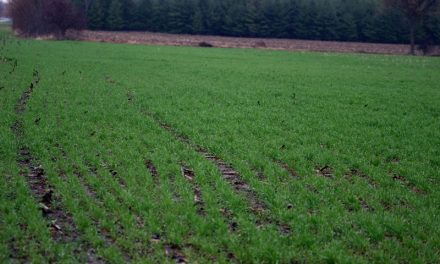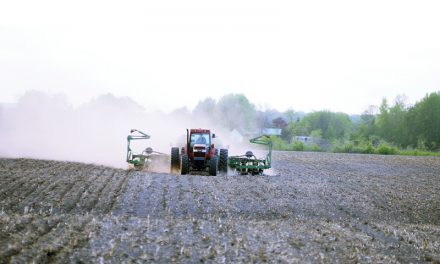By Colleen Acres
AgriNews Contributor
Be stubborn on vision and flexible on the details, is a business principle that Amazon founder and CEO Jeff Bezos often quotes.
This can be applied to our philosophy on culling livestock, especially sheep.
In earlier articles we have shared the favourable prices currently underway for sheep and lambs; these prices do not last, so try to be strategic with how they can help improve farm profitability.
Cull ewe prices have been strong, owing to cultural preference and demand, less offshore product entering the marketplace and seasonal adjustments. December to March is traditionally a time of less lamb available so higher prices evolve. Ewe prices drive upwards as new producers want to enter a profitable market. Remember the sale barn is not the place to go for breeding stock – those animals are there for a reason and it is not for further reproduction. Nonetheless, sometimes someone’s trash is another’s treasure and we do see animals bought up and brought home to try to make someone some profit. Seasoned shepherds know that these are the times to clean out and improve flock performance and use culling strategies to achieve those goals.
But how do you determine what and when to cull? A few main points to consider for culls are:
- Health issues – mastitis, laboured breathing;
- Pregnancy scanning to detect open ewes; open ewes do not make you money, move them out;
- Poor physical traits – bad conformation, bad feet, sloppy udder, poor teats or teat placement, broken mouth (teeth missing);
- Past their prime – thin, old;
- Unproductive – poor mother, low milk production, slow growth rates on lambs.
I am sure I have missed some but these are the main points to record and base culling decisions on. This involves keeping records and regular animal monitoring. Decide what your flock goals are and plan accordingly. What kind of infrastructure and how much feed you have will determine how many sheep you may want to keep. Is this a lifestyle choice or a farm business – knowing this will help determine your flock expectations on output and production. Compute what the flock turnover rate is or needs to be by running different projection scenarios with number of lambs marketed and/or retained as ewe lambs. Use data (mortality, # lambs born, ewe productivity records) to help decide how many animals will need to be culled each year to make room for improving productivity with younger, higher performing stock.
When do you make culling decisions? A great deal of our culling decisions occur at lambing time; it is a time when we are individually managing ewes and seeing their true potential. If they have made it to the stage of being bred and have lambs on the ground, they should be able to provide a return for their upkeep. Use a tag or lasting marking system to identify those that can raise this lamb or lambs, but this is their last trip through your production system. Do this when the ewe is in a lambing pen, as it is hard to remember or pick her out later in a group.
Keeping ewes for “just one more year” rarely turns out well. Have a goal in mind and stick to it. Those that lose their lambs or are not pregnant are using feed and valuable space, so they get separated and moved out quickly, either for re-breeding or for culls depending on the reason.
A pre-breeding check is another good time to review and decide on culls. It will save you grief and time to not have to handle orphaned or bottle lambs and save feed and space requirements. Pre-breeding is a good time to catch ewes that weaning did not go smoothly for, and they have developed some udder problems.
Ewes that are particularly thin or need more frequent deworming than the remainder of the flock can also be identified at the pre-breeding stage and either moved to a separate management group to address the problem or moved out of the flock altogether.
We have discussed the benefits of using good quality rams to make improvements on your flock. If you sell all lambs as market animals, the ram should be helping you capture more value there.
You will need to be purchasing replacements, so to figure out how many you plan to cull, you need to know how many replacements you can secure to keep your flock size where you want it to be.
Book replacement stock early and from a single source when possible.
If you retain your own replacements, you should have selected an ‘improver’ ram so that your younger stock is better than your oldest animals. You need to determine what ‘better’, means for your flock – more lambs, better mothers, improved conformation, fewer days on feed, etc. Establish a plan for how many ewe lambs to retain and review your records to know who the older candidates for removal are.
I know some producers automatically sell off ewes as they hit 6-7 years of age so they can keep their flock younger and more trouble free. Remember ewes are at their prime production period at 2-5 years of age.
A good culling program can improve your productivity and profitability. Have a plan, stick to it and use marketplace opportunities and good records to help fulfill your goals of becoming the next Amazon success story!













